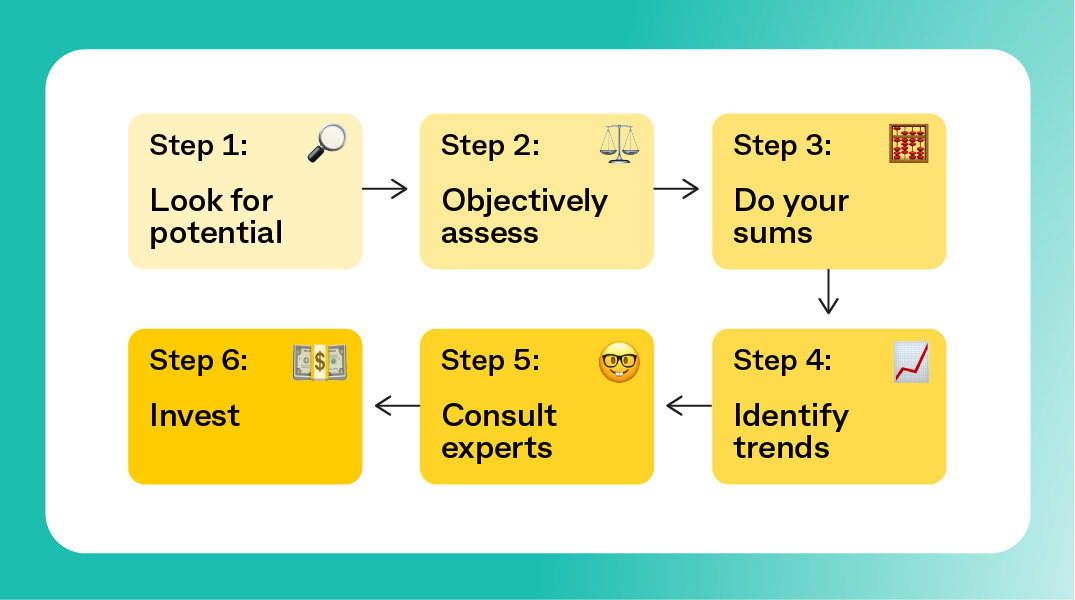
What is the technology sector?
The technology sector is the collection of companies that make our digital world go round. These businesses make your favourite devices, apps and software, as well as fintech and research technology. The sector also includes those innovators who are pioneering the tech advancements you’re yet to learn about. It essentially powers our social lives, our work lives, the economy, and the world at large. It’s everything from Tinder to Toshiba.
Many of them appear on the S&P/ASX All Technology Index (XTX), which captures companies from the GICS Information Technology Sector as well as other innovative tech-related industries.
Can I invest in the technology sector?
Absolutely! Shares in technology companies can be bought and sold like any other company that’s listed on a share market. A share is like a tiny ownership stake in a company. If the company and the overall share market perform well, the value of the share may go up. You may then choose to sell the share at the higher value to make a profit.
What are some of the best known tech shares?
Some of the big names listed on the S&P100 you already know and love. This includes Apple, Amazon, Google and Microsoft, for example. But there are always innovative new small cap players coming through that attract attention.
These are typically companies that are pioneering an exciting technological advancement or a new tech-based product that is building a lot of hype in the marketplace. You can find some of these on XTX as it goes beyond the S&P/ASX300 listings.
The latest buzz term in the tech space that is sparking much interest is “generative artificial intellegence”, or GenAI. This technology is capable of generating text, images, or other media in response to prompts. Someone could task the AI software to write a 500-word essay on technology shares – or even a technology-related song.
What are the risks of investing in the tech sector?
Ever heard of the dot-com bubble? The term refers to a period that started in the late 1990s and peaked in March 2000. At the time, a raft of tech companies soared in value and its revenues and profits failed to match the lofty expectations. As a result, when speculation causes tech companies to rapidly increase in value and then end up falling flat, it’s now called a tech bubble.
In other words, a number of products or services of tech companies fail to live up to the hype, or other market conditions prevent them from delivering on their potential. When the bubble bursts, the tech companies in question quickly lose value and share prices plummet. Could it happen again? Certainly, but it’s a risk faced by just about every investment sector.
How do I research tech shares?
Research is your best friend when it comes to finding the tech shares that are likely to increase in value. Here are a few steps to get you started:

Step 1: Look for potential
Before making an investment choice, think about your goal – is it to buy low and sell high? Or are you after a steady dividend income? You may look for tech companies that are under-valued, have potential for growth, or are growing steadily. These could be start-ups, or existing tech companies that are in or are about to enter a growth phase.
Step 2: Objectively assess
Potential is exciting, but you need to see past the hype to assess if this is really the best investment opportunity for you. Does the company have a solid business plan in place? How does it plan to generate revenue? What are its competitors? What is the size of its market?
Step 3: Do your sums
One of the best ways to cut through the hype is to do a deep dive on the company’s financials. Fortunately, you don’t have to be a forensic accountant to do this. You can get more background information via the ASX website. Pay particular attention to the company’s financial projections to get a sense of the level of growth they’re expecting.
Step 4: Identify trends
CommSec’s price charts are also very handy for understanding a company’s share price history. For example, you might determine that a certain company is at the beginning of upward recovery after a price drop. Alternatively, you might decide that the company is at the peak of its value and at risk of a downswing.
Step 5: Consult experts
When it comes to research, you can also let CommSec’s team of market analysts and economists do the heavy lifting for you. Their daily podcasts, videos and reports can give you the low-down on the latest market movements. The Week Ahead report also draws attention to upcoming events that could affect the value of your shares.
How do I get started?
CommSec Pocket makes it easy for new investors to get involved in the tech sector. First-timers can start investing with as little as $50, and you can buy units in a range of different Exchange Traded Funds (ETFs). That essentially means you’ll be investing in a selection of companies and assets, rather than buying shares in just one company. For example, the Tech Savvy ETF gives you access to around 100 tech-based companies in a single transaction.
To learn more about how to buy and sell ETFs visit CommSec Learn, or get started now with CommSec Pocket.

What are secular trends?
What are secular investing trends, and the biggest secular trends impacting sharemarkets today.

What’s up with petrol?
What affects the price of petrol, and why does it get so much attention? Let’s look at the details.

Lessons from the dotcom
What happened during the dotcom era and is the same thing happening today? We take a closer look.
Important information
Commonwealth Securities Limited ABN 60 067 254 399 AFSL 238814 (CommSec) is a wholly owned but non-guaranteed subsidiary of the Commonwealth Bank of Australia ABN 48 123 123 124 AFSL 234945. CommSec is a Market Participant of ASX Limited and Cboe Australia Pty Limited (formerly Chi-X Australia Pty Limited), a Clearing Participant of ASX Clear Pty Limited and a Settlement Participant of ASX Settlement Pty Limited.
This information is not advice and is general in nature. The information has been prepared without taking account of the objectives , financial situation or needs of any particular individual. For this reason, any individual should, before acting on this information, consider the appropriateness of the information, having regards to the individual's objectives , financial situation or needs, and, if necessary, seek appropriate professional advice. You can view the CommSec Terms and Conditions, Product Disclosure Statements, Best Execution Statement and Financial Services Guide, and should consider them before making any decision about these products and services.
Past performance is no guarantee of future performance.

